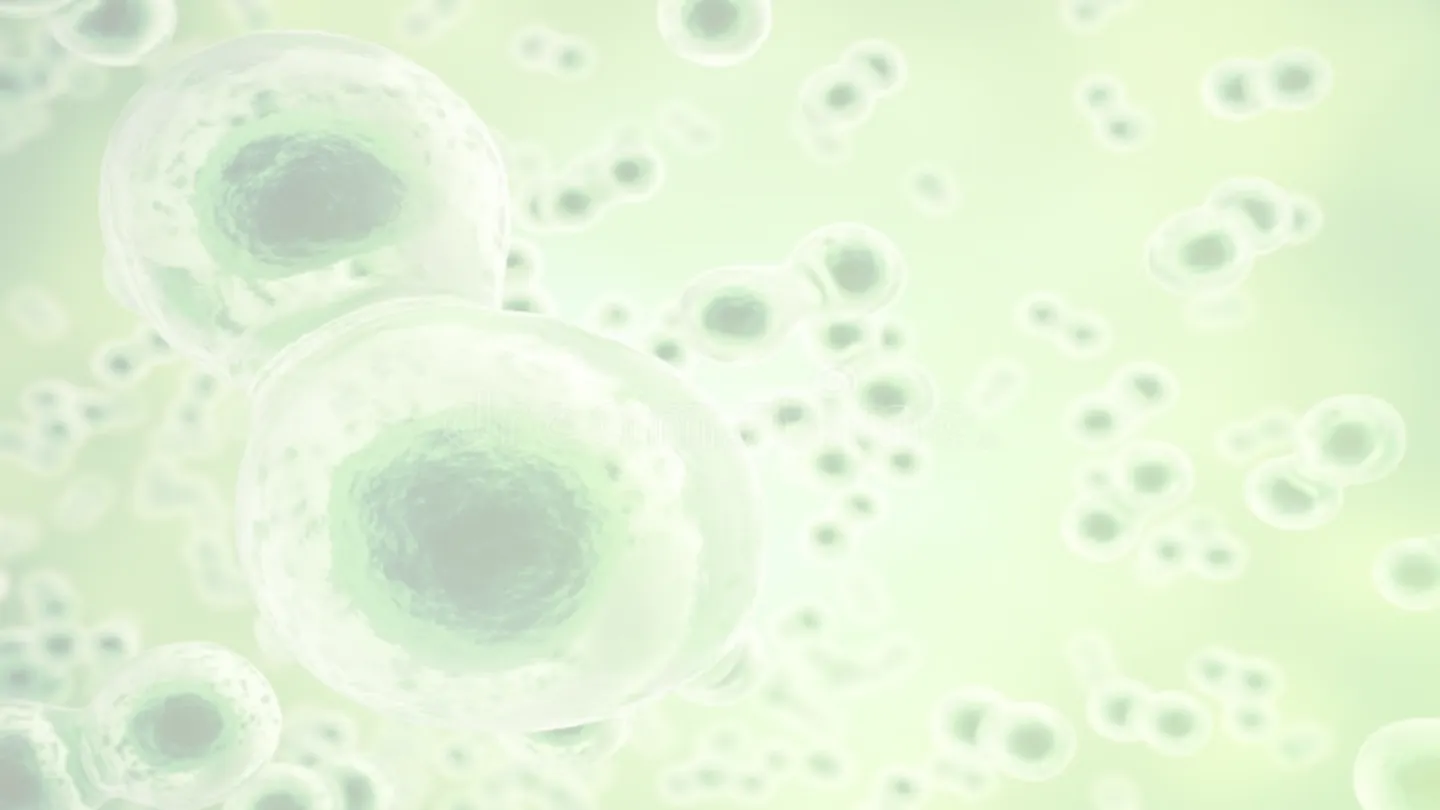Biology Organs & Organ Systems: Human Body Overview
Slides about Biology Organs & Organ Systems. The Pdf provides a comprehensive overview of the human body's organ systems, such as the digestive, circulatory, and respiratory systems, for high school Biology students.
Ver más12 páginas


Visualiza gratis el PDF completo
Regístrate para acceder al documento completo y transformarlo con la IA.
Vista previa
Organs & Organ Systems Agenda
Biology Organs & Organ SystemsAgenda for Today
- Organs . Organs SystemsName some organs!
Organs
- Organs are organized groups of tissue that perform a specific function
- What are some organ examples? Pharynx Brain Larynx Lymph nodes Heart Arteries Lungs Muscles Spleen Liver Bone marrow Gallbladder Stomach Kidneys Veins Skeleton Pancreas Intestines Urinary bladder
Organ Systems
- An organ system is a group of organs that function together to carry out specific duties in the body
- What are some organ systems? Brain Nasal passages Trachea Heart Liver Gall bladder Large intestine Blood vessels Small intestine Hair Cartilage Skin Bones Skeletal muscles Urinary bladder Tendons Joints Nails Thymus Pituitary glanc Lymph nodes Spleen - Pancreas - Epididymis - Ovaries Adrenal glands Testes Testes Uterus Lymphatic vessels Ovaries Stomach Spinal cord Lungs Peripheral nerves Kidneys Thyroid gland Mammary glands
Organ Systems That Coordinate Communication
Nervous System
Nervous System Network of cells specialized to detect, interpret, and respond to events occurring inside and outside of the body. Nervous system Endocrine system male female
Endocrine System
Secretes hormones Hormones affect functions such as development, reproduction, and how the body responds to stress.
Organ Systems That Acquire Energy
Digestive System
Digestive System Breaks down foods into molecules Molecules used as energy and as raw materials for use in the body Digestive system Circulatory system Respiratory system
Respiratory System
Exchanges oxygen and carbon dioxide between the lungs and the atmosphere. Breathe In: oxygen Breathe Out: carbon dioxide
Circulatory System
Transports important substances, including food molecules, oxygen, and carbon dioxide throughout the body.
Organ Systems That Support and Move the Body
Skeletal System
Skeletal System Bones, ligaments, and cartilage Protects soft organs and are points of attachment for muscles. Skeletal system Muscular system
Muscular System
The Muscular System Three types of muscle tissue provide movement for the body Skeletal - moves skeleton Smooth - enables movement within organs Cardiac - enables heart to beat
Organ Systems That Protect The Body
Urinary System
Urinary System Filters and excretes dissolved waste molecules. Keeps water, pH, and blood pressure levels in balance Kidneys, bladder
Integumentary System
Integumentary System Urinary system Integumentary system Immune and lymphatic systems
Immune System & Lymphatic System
Protect the body from infection, injury, and cancer. Skin, nails, hair Protects body, controls temperature, helps conserve water
Organ Systems That Produce The Next Generation
Reproductive System
Reproductive system male female Enables humans to reproduce Includes organs that make and transport sperm and eggs, as well as enable the female to give birth.
Organization
Organization What we have learned about over the last few days is organization Cell type(s) Tissue(s) Organ Organ System Organism
Organization in the Body
Organization in the body Different Types of Cells Tissues Organ (urinary bladder) Organ System (urinary system) Organism muscle cell nerve cell ureter- surface-lining cell 0 0 0 0 O 0 connective cell kidneys urinary bladder -- urethra